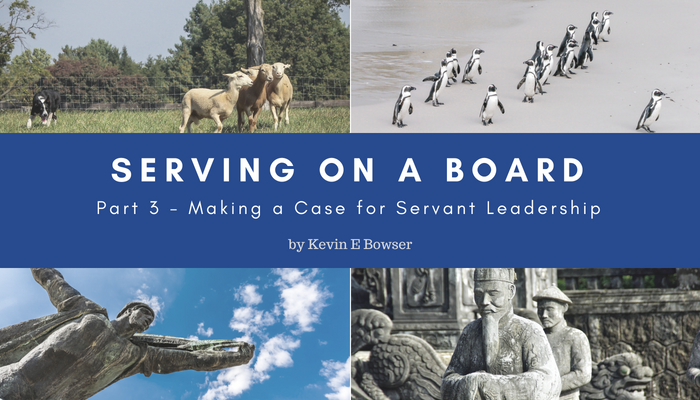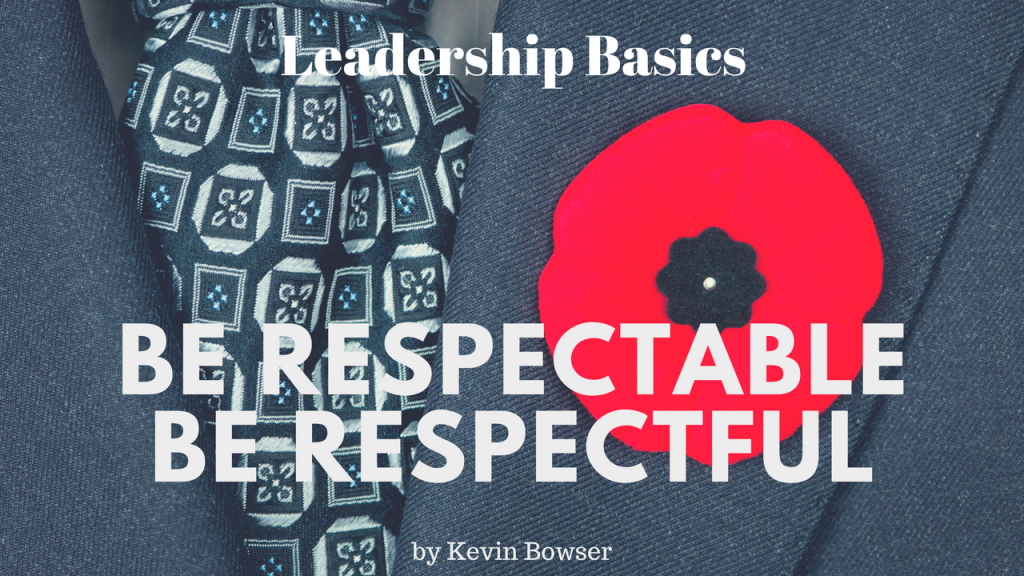I had the chance to speak to a small ballroom full of energetic and enthusiastic marketing professionals last Friday. I flew out to San Diego, CA to present a workshop on Servant Leadership to the Society of Marketing Professional Services at their annual Build Business Conference (SMPSBB18). It was awesome! And I hope they invite me back next year.
Is there a connection between emotional agility and servant leadership?
Yes! Emphatically yes!
I began my presentation with a travel story about an experience that I had in Kuala Lumpur, Malaysia a few years ago. I wrote about it in an article entitled, Knowing Your Place. Click that link if you want the full story. But, here is a summary:
It was the last night of my stay at the very luxurious Ritz-Carlton in Kuala Lumpur, Malaysia. Apparently, someone had alerted the General Manager that I would be leaving very early the following morning. So, he came to my dinner table in the dining room to introduce himself and to say “Thank you” for my extended stay It had been a 3 and a half week stay at his hotel. It was soon after our brief discussion ended that I saw an extraordinary example of true servant leadership.
A woman was struggling with a large balloon bouquet and a suitcase. In addition to the most senior person in the hotel, there were several other general staff in the very near vicinity. They probably saw her as well. But they did nothing. And then he did it.
Knowing his place in the hierarchy, he was at the pinnacle, he graciously walked over to her and picked up her bag and carried it to the bell captain while she completed her check out routine.
That is what he did. He carried the bag himself. I watched it all happen. At least twice he could have snapped his finger and had one of the junior hospitality staff take the bag. He could have very subtly caught the eye of one of them and asked them to do the menial task of carrying the bag. And he would have been right to do so.
After all, he was the most senior person and outranked everyone else on the staff. His place was at the top. I wonder if he started his hotel career as a bellboy. I wonder if he ever thinks of those early days.
My guess is that he has not forgotten his more humble beginnings. My guess is that he has always had a servant’s heart. My guess is that it was his focus on the patrons of the places that he has worked has been the thing that has propelled his career. He has never lost sight of the customer. Even from his place at the top.
What is the connection?
Click here to read the rest of the article »












